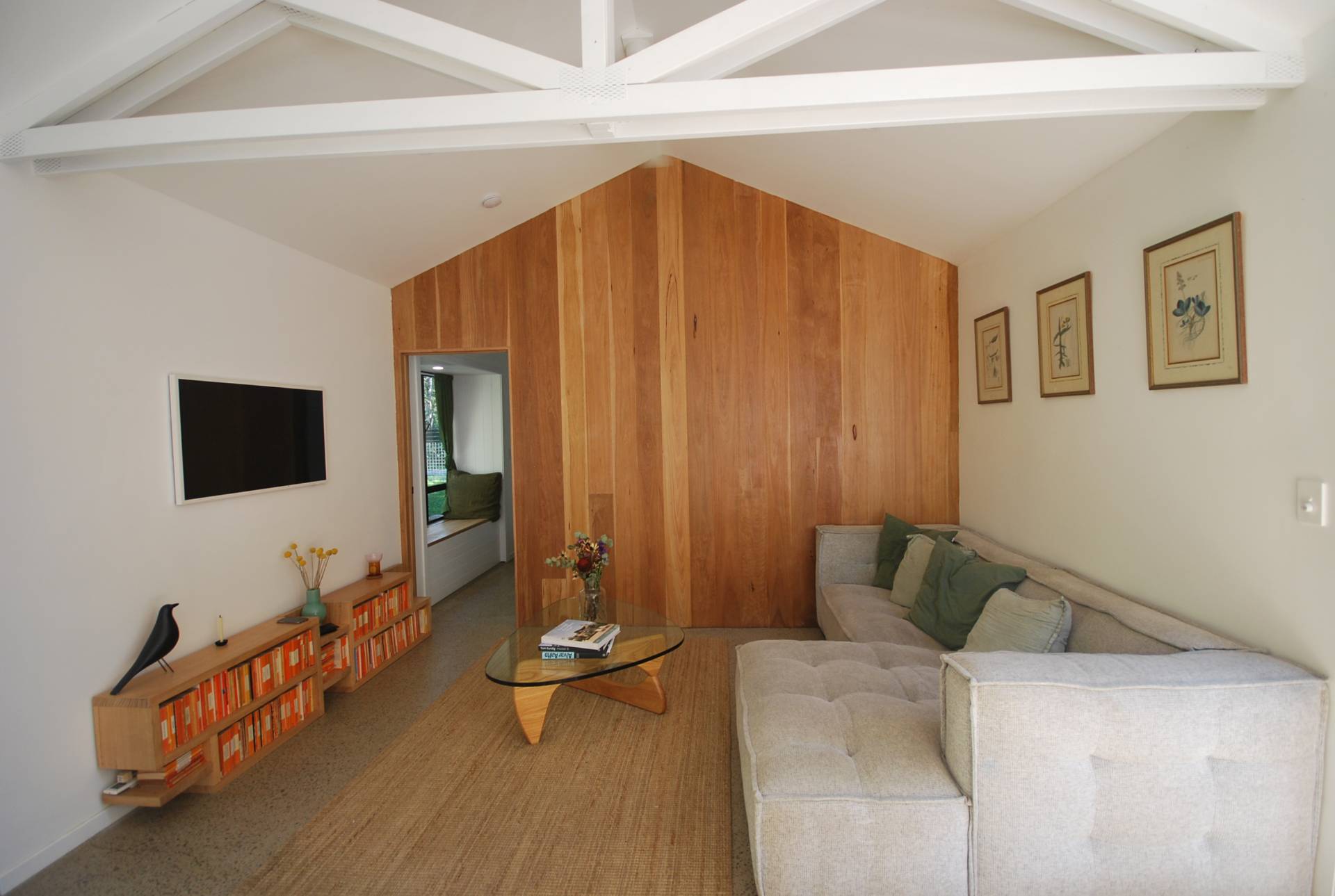Sustainable Home Design Principals:

Sustainable home design is an approach that aims to minimise the negative environmental impact of buildings while maximising their positive contribution to their surroundings. As the population of the Sunshine Coast region continues to grow, it is important to consider the environmental impact of new construction and to strive for sustainable building practices. Here are a few key principles of sustainable architecture that can be applied to the Sunshine Coast region:
- Energy efficiency: One of the most important goals of sustainable architecture is to reduce energy consumption. This can be achieved through the use of energy-efficient appliances and lighting, as well as the incorporation of passive solar design elements such as south-facing windows and thermal mass materials.
- Water conservation: Another important aspect of sustainable architecture is the conservation of water resources. This can be achieved through the use of low-flow plumbing fixtures, rainwater harvesting systems, and drought-resistant landscaping.
- Materials selection: Choosing environmentally-friendly materials is another key aspect of sustainable architecture. This can include the use of recycled or locally-sourced materials, as well as materials with low embodied energy (the energy required to extract, transport, and process a material).
- Site planning: The layout and orientation of a building can have a significant impact on its environmental impact. Sustainable architecture takes into account the natural features of the site, such as the direction of the sun and the prevailing winds, to maximize energy efficiency and minimize the impact on the surrounding ecosystem.

By applying these principles to new construction projects in the Sunshine Coast region, we can work towards a more sustainable and environmentally-friendly future.